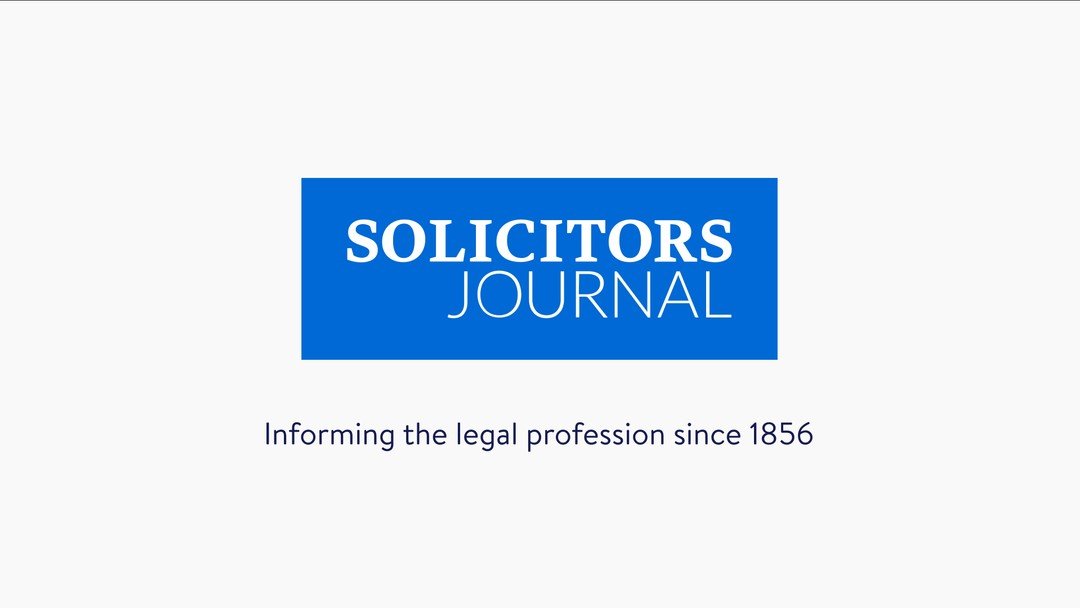Deception detection

Investigating reliability and truthfulness in personal injury interviews, by Drs Hugh Koch, Frank Beesley and Annette Farrant
Research in legal
and criminological psychology indicates that detecting deception,
both verbal and non-verbal, is difficult. The interviewer’s task is to elicit or uncover event-related information so that decision-makers are best able to make veracity judgements.
Close inspection
- The ‘what’ of deception detection.
When conducting a medico-legal personal injury interview, the following data is elicited: claimant self-report; contemporaneous medical records (GP, hospital); occupational records; clinical assessment (eg mental state, behavioural observation); and objective testing.
The overriding variable here is the consistency between each of the five types of data.
Clearly, a claimant’s perception and recall which is significantly at variance with what is recorded in their GP’s attendance notes requires close inspection. Similarly, self-report of inability may be at variance with what is actually observed, either in the interview or outside in the claimant’s natural environment.
- The ‘how’ of deception detection.
The content of the claimant’s interview is put under the interviewer’s expert ‘microscope’.
Either formally or informally, what is called criteria-based content analysis is applied
to what claimants say. This is
widely thought to enhance the performance of interviewers in detecting unreliability and, in extremis, untruthfulness.
This is an applied approach,
ie complex, incremental
and requires experience and sensitivity. However, some
of the main features include:
1. General characteristics: coherence of story, logical consistency, minimal contradictions, specific descriptions of place,
time and events.
2. Specific contents: plausible connections between activities and actions, details description of interactions including actual conversations; inclusion
of unexpected elements, unusual and/or superfluous details; details of subjective mental state.
3. Interviewee characteristics: spontaneous, unprompted connections; admission of impaired memory of events, doubts about own testimony and its plausibility, self-deprecation.
- The ‘when’ of detection deception.
As the interview process develops, the interviewer identifies areas that indicate possible unreliability. The interviewer can disclose this information and confront the claimant at any stage of the interview, or just state the opinion in their report, without any debate with the claimant.
Most experts would choose
to discuss discrepancies with the claimant in the interview itself as this allows for further clarification. For example, memory effects, misunderstanding a question, being ‘flustered’ or anxious in the interview all affect a claimant’s reporting.
Recent research has reinforced the utility of a gradual approach to disclosing inconsistency as this places greater ‘cognitive’ load on the deceiver, while allowing truthful claimants the opportunity to respond to evidence and ambiguity incrementally.
Critical examination
How can reliability and validity
be enhanced?
Ultimately, any ‘certainty’
of evidence depends on
whether it is consistent with the probabilities affecting the case
as a whole and shown to be
in existence at the time.
Findings of credibility and reliability require an examination of the evidence as a whole, not only one element.
Several aspects of the patient history are addressed:
- pre-accident condition and psychosocial context;
- index trauma and peri-traumatic context (during or relatively soon after);
- immediate short-term reaction and level of disruption;
- natural improvement;
- prognosis and change/treatment expectations.
During this process, there is a search for the ‘best fit’ opinion.
If claimants attended their GP
or equivalent at the earliest possible time post-index accident, this would provide
a contemporaneous and independent record of physical or psychological injuries and causation.
It seems suspicious when the trail of complaint only begins with the start of litigation.
It is incumbent on the claimant (or their representatives) to ‘prove’ the case of attributing injury to the index event. However, the role of single event trauma can be overemphasised and co-existing psychosocial factors which are unrelated to the trauma may be both critical and underestimated.
It is important to place the claimant’s overall ‘picture’ in
the context of epidemiology, normality and ‘default mode’ or ‘real world perspective’ – in plain English, the sort of reaction that would be expected from the general population. This must
be particularly the case when dealing with adjustment reactions/disorders, or where a whole family complains of the same psychopathology.
Theory test
In this context, it is important to apply the ‘but for’ test to decide objectively the relevance of pre-index event history. However, claimants may have difficulty recalling their history comprehensively, making this more difficult and, consequently, less reliable. SJ
 Dr Hugh Koch, pictured, is a charted psychologist and director of Hugh Koch Associates. Dr Frank Beesley and Dr Annette Farrant are both chartered psychologists at Hugh Koch Associates
Dr Hugh Koch, pictured, is a charted psychologist and director of Hugh Koch Associates. Dr Frank Beesley and Dr Annette Farrant are both chartered psychologists at Hugh Koch Associates
